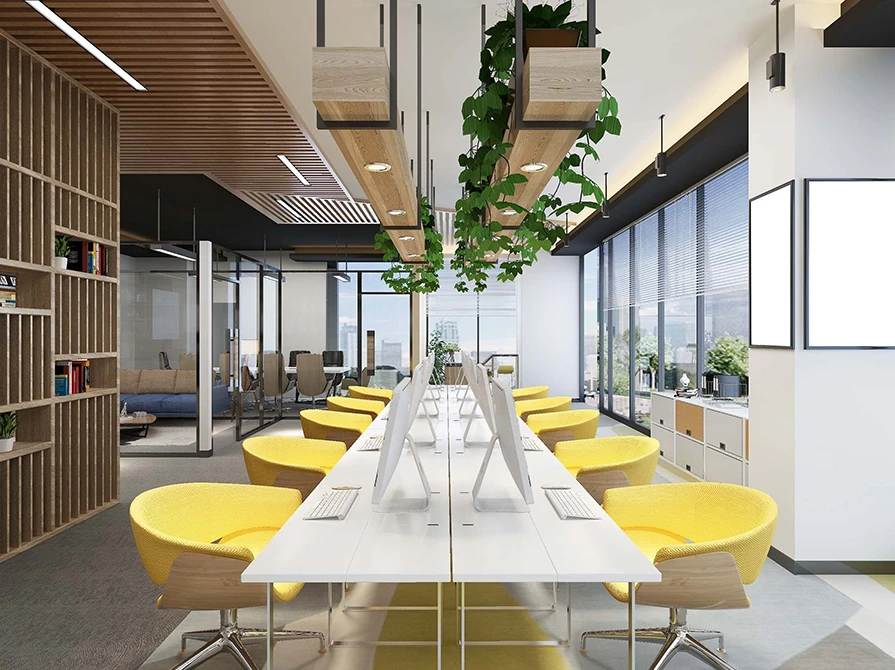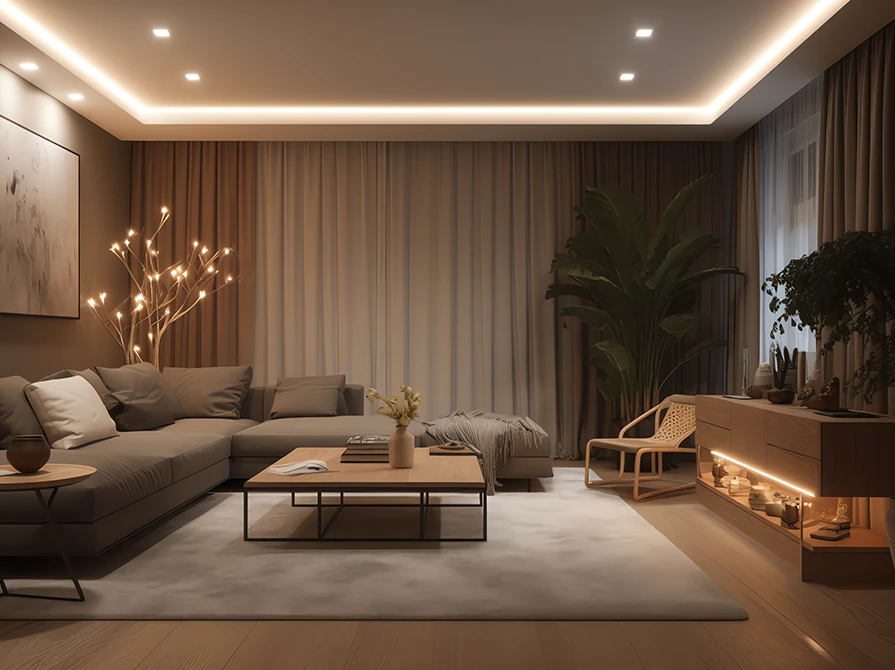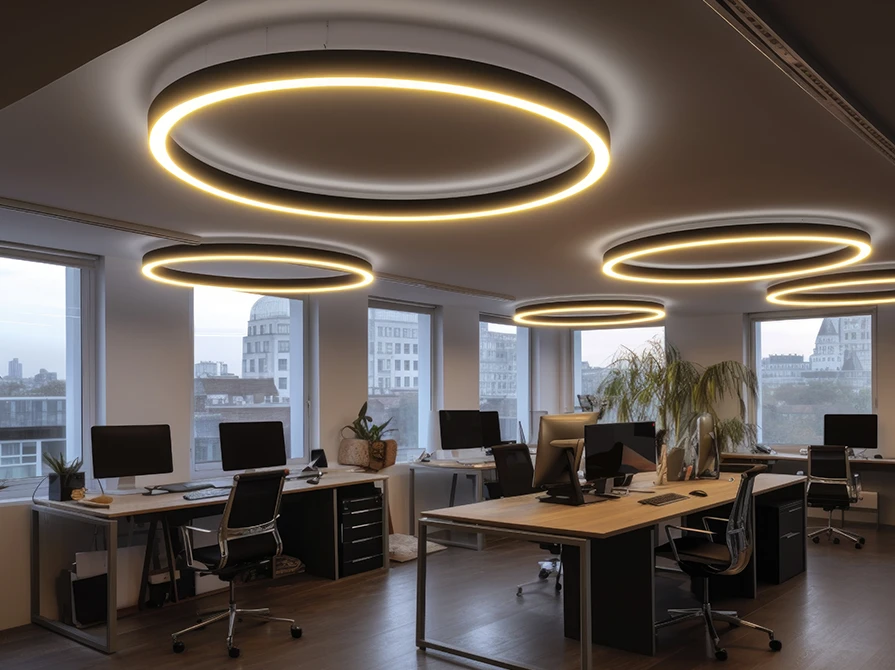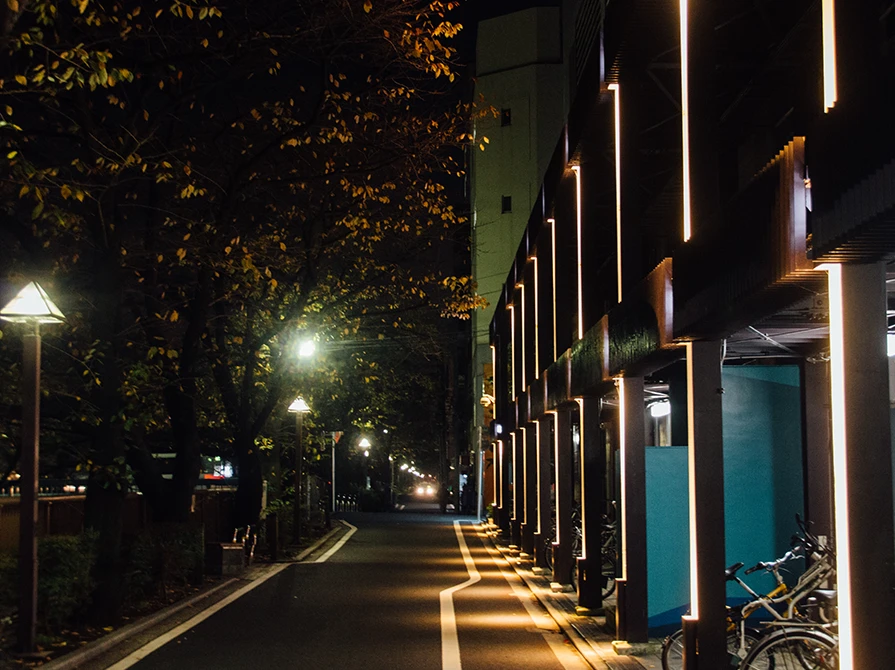

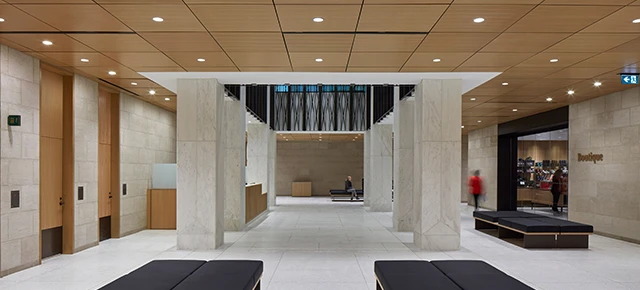
Lighting the commercial space properly and uniformly is of utmost importance for ensuring safety and smooth conduct of operations. Proper illumination with LED-based commercial lighting solutions minimizes the risk of accidents or hazards and makes the employees more concentrated and motivated towards their work. It also minimizes the risk of health ailments like posture issues, eye strain, headaches, migraines, etc., and plays a vital role in surging the productivity of employees as well as of the business.
Unfortunately, many businesses fail to understand the lighting needs and requirements and end up over-illuminating the whole space. Over-illumination is equally hazardous as low levels of illumination and impacts business growth adversely. It is a fairly common problem that is highly prevalent in old buildings.
Over-lighting or over-illumination is referred to as a phenomenon where the lighting intensity is higher than the required amount (in space) for the completion of the task. Earlier, people used to ignore this problem, especially in office and retail environments. However, the interior designing community has now come forward to enlighten people about the hazards of poor lighting. They have started to reconsider this aspect in order to ensure the good health and wellness of the people.
Over-lighting is a significant problem in commercial spaces. However, it can be managed easily by implementing certain changes with the lighting design and following a distinct lighting approach. Here are some of the most effective tips that can help you avoid over-lighting scenarios:
Decide on LED lighting solution as per the purpose
Before deciding on a lighting plan, determine the purpose of the space. A clear understanding of the space’s purpose, needs, and requirements will help you in taking the best decisions. For instance, if you are required to illuminate retail or commercial interiors, commercial LEDs like LED downlighters, LED spotlights, and high-bay & mid-bay luminaires can solve the purpose.
Light in layers
All commercial spaces are required to light in layers and make the best use of all three types of lighting i.e., ambient lighting, accent lighting, and task lighting. This is of significant help when it comes to ensuring proper and right levels of illumination in the space. In the case of office spaces, install task lighting on workstations and ensure ambient lighting with recessed luminaires. You can also install LED wall lights as accent lighting to highlight architectural features and enhance ambient lighting.
Last but not the least, integrate smart lighting controls like occupancy sensors and dimmers with the existing lighting solution. This not only helps in ensuring the right illumination levels but also contributes to energy savings. If you’re planning to get a lighting retrofit (in office spaces), consider installing smart lighting solutions like the Human Centric Lighting. It is intended to promote health and wellness and goes a long way in ensuring the right levels of illumination throughout the day.
Apart from health concerns, over-illumination also results in wastage of resources. It wastes electricity and forces you to invest in buying or maintaining an extra number of luminaries. Moreover, it invites glare-related issues that again put employees' health at risk. Thus, it is imperative to avoid over-lighting scenarios in commercial spaces.
